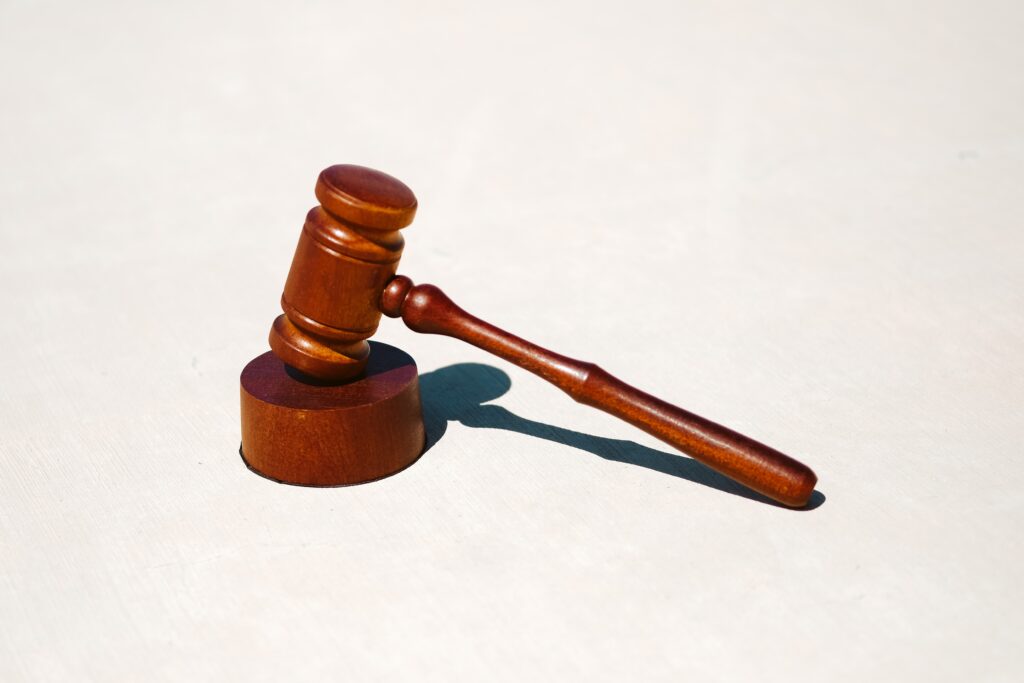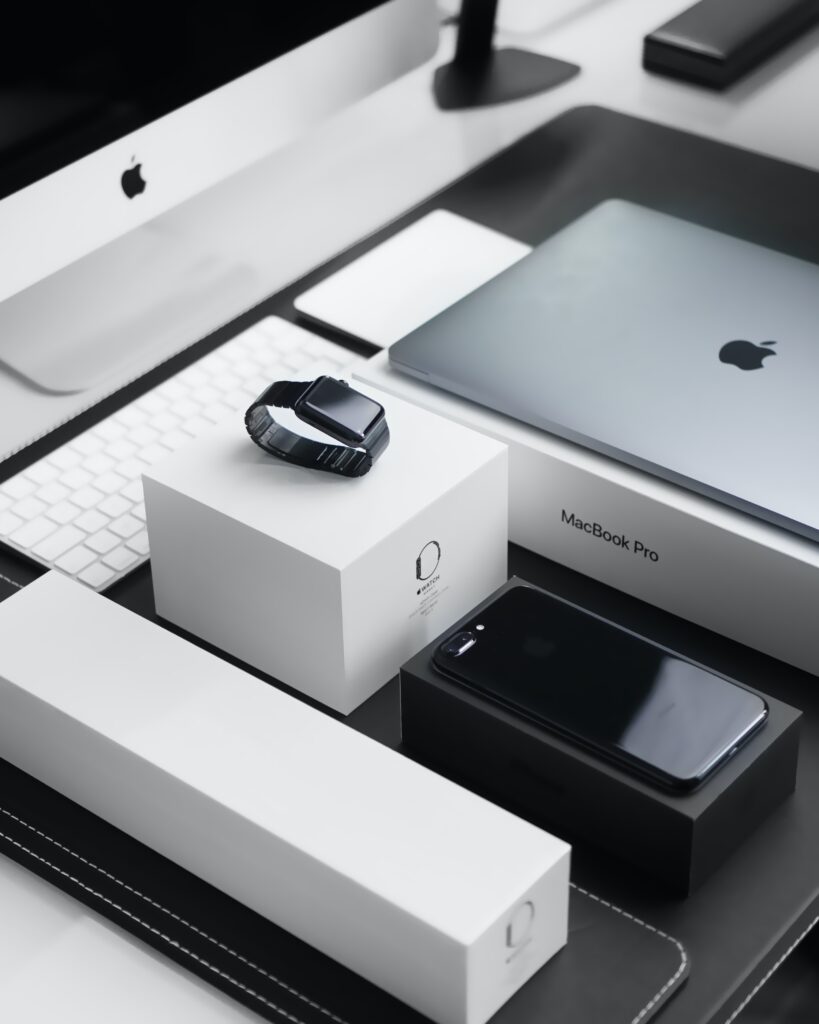„In dubio pro reo“ – A latin sentence that is used in trials, suggesting and connoting the general belief of innocence towards the assumed offender. Most trials are held in the privacy of the court room, but in the last couple decades, there has been an increased interest of media companies in publishing cases deemed significant or interesting for the general public. Especially in regional news, those involved in trials are usually kept anonymous in order to protect the privacy of those involved while still being able to tell the story, reports from the district court are rather common. Journalists have become the window into the court room for the outside world, those who translate dry legal language into a story the public can understand – and inform themselves about.
In a period of time where „true crime“-documentaries and -podcasts are experiencing extraordinary popularity, it seems only natural that publicised court cases have become a new form of entertainment. The steadily increasing amount of publicised cases has, unsurprisingly, also come to the attention of courts, companies and people of public interest involved in court cases.

Contents
Media meets Court Room – A Useful Symbiosis?
At this point, courts, attorneys and even judges have started to openly invite journalists to trials, offering them briefs and updates on potentially interesting cases that might attract the attention of the public eye. The realm of justice has started to actively seek the attention of the media, being aware of the scope of a public response. Scandals involving a renowned company or a famous person will nowadays inevitably be extensively covered on the news, thinking of the Harvey Weinstein-trial as one famous example that was even initially ignited by the impressive research of two journalists who were even rewarded with a Pulitzer Prize for their services to the public.
Due to the great power of media, litigation PR has become a term holding a great amount of meaning for those involved in highly publicised trials. Working with the media and taking advantage of its power has become a tool for attorneys, agents and the accused to positively impact the course of the respective cases. People like Stephan Holzinger (2011), even go as far as describing journalists as better investigators in comparison to the public prosecution department as they are not restricted by investigatory standards. Therefore they can often access information faster than the actual prosecutors.
Litigation PR turning tables
If used effectively, litigation pr can not only help getting the arguing parties to agree on a legal adjustment or settlement, it can also help underline demands in front of the public as well as the legal opponent. In criminal justice, well executed litigation pr can even help redirect the investigations of the public prosecution department. It doesn’t come as a surprise, however, that criminal court cases are generally more attractive for both journalists and the public than civil court cases as they are usually connected to emotion and the drama of life. This means that legal personell such as attorneys have started to use litigation pr to not only win over the favour of the public but also make cases held in civil court, that might otherwise not be considered for a media report, more interesting by dramatising the facts.
Is litigation PR always beneficial?
This might suggest that publicising court cases and having the media involved always has a beneficial effect for the accused parties but it is vital to consider possible downsides as a factor in the equation. As soon as the public eye is being given access to information via the media, people will inevitably form an opinion on the case, especially if it involves companies or people who are of public interest or generally have an impact on society. Especially in the last couple years, with social media becoming a realm in which people publicly discuss their private opinions on societal issues, litigation pr has become a lot more difficult and challenging. Even though the media might only publish information to a certain extent, people will take discussions on internet platforms further and therefore have a similar level of power as the media, if not more.
Apple vs. Samsung
A court case that is a prime example for litigation pr and the both positive and negative effects of publicised court cases is the legal battle between Apple and Samsung over patents that started in 2011 and only ended seven years later in 2018 in an out-of-court-settlement. In 2011, Samsung was accused of having stolen multiple designs from the California based company for their Android smartphones, the case ended up becoming a „patent war“ with more than 50 trials in various international countries. Steve Jobs’ initial thought behind suing the South Korean competitor was to defend Apple’s position on the smartphone market by exposing the Asian company for supposedly stealing Apple’s designs.

At first, the court case seemed to be a sealed deal as the court and the jury decided on a billion dollars in amends that had to be paid by Samsung. Samsung’s claims against Apple, however, were dismissed by the jury. Samsung stocks plummeted after the result of the trial became public, FAZ.net (Frankfurter Allgemeine Zeitung) reported in August 2012.
More examples for court cases using litigation pr can be found here – in a blogpost of my colleague Filiberto.
The thing with the jury system
The jury system is an interesting implementation in the US jurisdiction and another factor influencing litigation as pr as will later be explained in connection to this specific case. If a jury is involved in a trial, they take over a central position. The assessment of the evidence, the presentation of facts and their plausibility is the sole responsibility of the jury. They decide, if the accused is guilty or not, an extensive explanation is not needed (Schmitt-Geiger, 2012).
As the jury consists of members of the public, their personal backgrounds and beliefs subconsciously shape the decisions they make. Schmitt-Geiger (2012) explains that the composition of the jury is highly dependent on the theme of the case. Is the accused a black person, it is attempted to assign a higher number of black jury members to the case. If the case is about product liability, the lawyers try to assign jury positions to consumers instead of entrepreneurs in order to prevent prior bias.
Therefore, the public is not only present outside the court room, being informed by the media, they also sit in it. In the Apple vs. Samsung case, conversations and interviews with the head of the jury, Kelvin Hogan, were published after a while in which he had revealed his own questionable opinion on patent law and ignited a public discussion about him being biased and unfit to be the head of the jury in the trial. Samsung took the public allegations as an invite to file a complaint. Steve Jobs and his company, who had initially thought they could easily win the trial was faced with trials all around the globe – which they didn’t all win.
Pros and Cons
It’s a case of litigation pr that shows that the attempt to win the favour of the public and the court room can just as well backfire and cause damage to the reputation of a company. In the case of Apple and Samsung, both companies had to swallow drawbacks after publicising the trial. Due to another trial in South Korea held about the cause, it was decided that products of both companies should be removed from the shelves (FAZ, 27.8.2012). The author of the article commented that this should be another reason for the two companies to find an agreement.
Nevertheless, the fight between Apple and Samsung has somehow engrained itself into society and has caused millions of people to become either Team Apple or Team Samsung. Both companies constantly outrace themselves in being the most successful tech company regarding mobile phones and tablets. In the public eye the trial therefore doesn’t seem to have affected either company in the long run. After the jury decision in favour of Apple in 2012, experts even suggested to buy Samsung stocks as it was expected for them to increase in worth again after a short time.
Sources:
Hock, M. (2012). Apple vs. Samsung: Samsung-Aktie könnte jetzt ein Kauf sein. FAZ.NET. https://www.faz.net/aktuell/finanzen/aktien/apple-vs-samsung-samsung-aktie-koennte-jetzt-ein-kauf-sein-11869368.html?profillogin
Holzinger, S. & Wolff, U. (2011a). Im Namen der Öffentlichkeit: Litigation-PR als strategisches Instrument bei juristischen Auseinandersetzungen. Springer-Verlag.
Rademacher, L. & Schmitt-Geiger, A. (2012). Litigation-PR: Alles was Recht ist: Zum systematischen Stand der strategischen Rechtskommunikation. Springer-Verlag.
